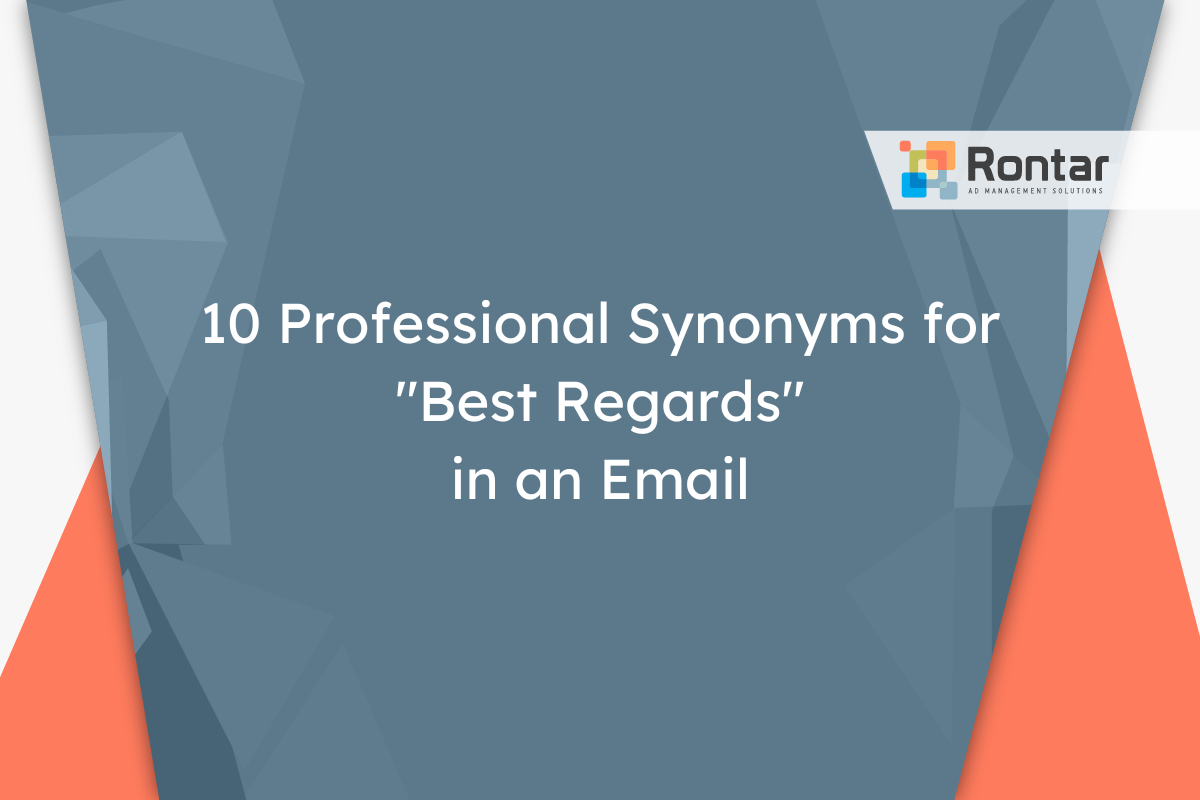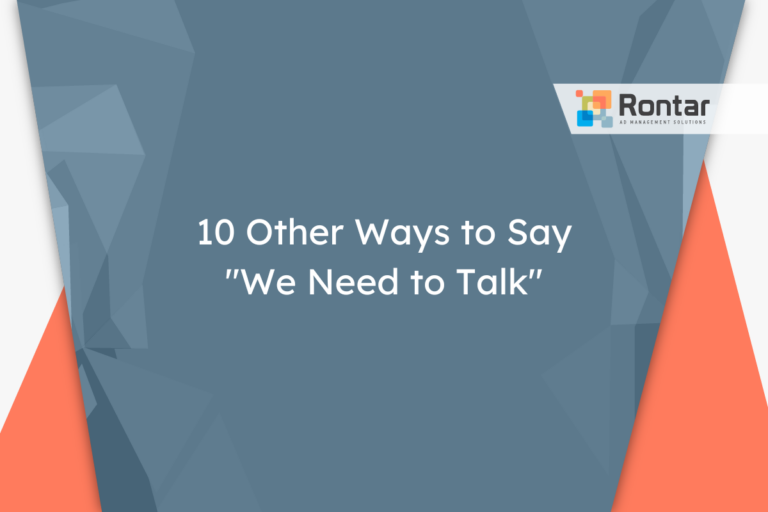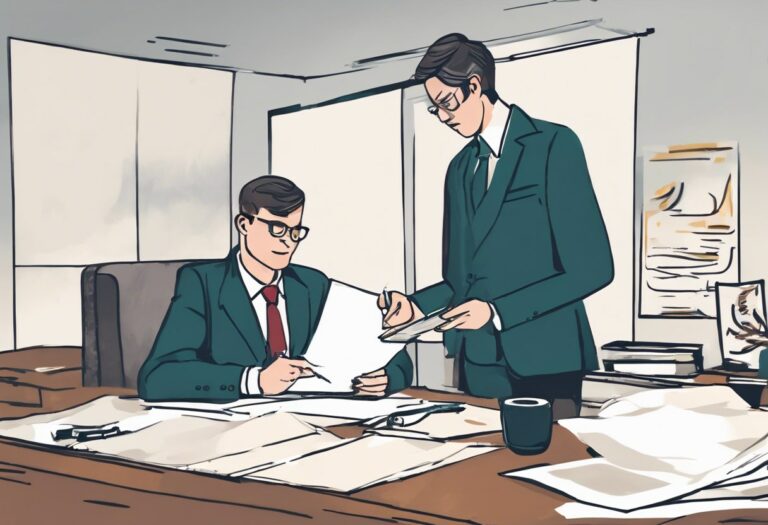10 Professional Synonyms for “Best Regards” in an Email

Choosing the right way to end an email can make a big difference in how your message is received. “Best Regards” is a common sign-off, but using the same phrase over and over can become boring.
In this article, we explore 10 professional alternatives that keep your emails fresh and appropriate for the workplace. Each alternative comes with a detailed explanation and a sample email, helping you pick the best option for your next message.
Is “Best Regards” a Good Closing?
“Best Regards” is a closing phrase used in emails that strikes a balance between being professional, formal or informal, and polite. This makes it a versatile sign-off, suitable for many different contexts.
You can use it when emailing colleagues, clients, and even in some more relaxed business settings. Since it’s widely accepted, it works well for both digital correspondences like emails and more traditional forms, like letters.
Email example:
Dear Thomas,
Thank you for your help with the project yesterday. I really appreciate the time and effort you put into explaining the details. Please let me know if there's anything else I can do to assist.
Best regards,
Emily Stone
The pros and cons of using “best regards” are significant to consider:
Pros:
- It’s universally recognized and accepted.
- Works in both formal and informal settings.
- Shows politeness and respect.
Cons:
- Can seem generic if overused.
- May not convey the right level of formality in very formal or very casual situations.
While “best regards” is a safe and polite option, someone might want to look for an alternative phrase to add variety to their emails or to better match the tone and formality of their message. Finding the right synonym or alternative can help personalize your communication and perhaps make a stronger impression on the recipient.
10 Other Ways to Say “Best Regards” in an Email
Here are ten professional alternatives to “Best Regards” that you can use in an email within a workplace environment. These options maintain a courteous tone while offering variety.
- Kind regards
- Warm regards
- Sincerely
- Best wishes
- Cordially
- With appreciation
- Yours truly
- Respectfully
- All the best
- Cheers
1. Kind regards
“Kind regards” is a synonym for “Best Regards” with a slightly more personal touch. It conveys warmth and friendliness without sacrificing professionalism. This alternative is suitable for both formal and informal settings, making it versatile across a range of email correspondences.
This phrase is especially useful when you want to express gratitude or a personal connection to the recipient. It’s ideal for clients you’ve built a relationship with, colleagues, or when concluding messages that involve a request or thankfulness.
Email example:
Dear Samantha,
I appreciate your swift response to my inquiry. Your insights were incredibly helpful.
Kind regards,
Michael
2. Warm regards
“Warm regards” adds a touch of warmth to your message, suggesting a level of informal friendliness while maintaining professionalism. This sign-off works well in emails where you want to convey goodwill or appreciation.
Best used when sending emails to colleagues you know well, clients you have a friendly relationship with, or in messages that have a positive, collaborative tone. It’s less formal than some alternatives but still entirely appropriate for a professional setting.
Email example:
Dear Alex,
Thank you for your partnership this year. Here's to continued success in the months to come.
Warm regards,
Jenna
3. Sincerely
“Sincerely” is a classic, time-tested sign-off that’s synonymous with formality and professionalism. It’s ideal for new correspondences, formal requests, or when you’re not yet familiar with the recipient.
This alternative is better suited for formal emails, job applications, or communications with senior professionals. It carries a tone of respect and seriousness, making it the go-to choice for situations requiring a high degree of professionalism.
Email example:
Dear Mr. Thompson,
I'm writing to express my interest in the Marketing Manager position...
Sincerely,
Caroline Pierce
4. Best wishes
“Best wishes” is a friendly, warm alternative to “Best Regards” that works well in both formal and informal emails. It conveys a sense of goodwill towards the recipient.
Use this when you want to leave the recipient with a positive note, especially in emails that mark the end of a conversation, project updates, or when wishing someone luck. It’s versatile but carries a touch more personality than some of the more formal options.
Email example:
Dear Team,
I'm confident that we'll meet our targets. Thank you for your hard work.
Best wishes,
Oliver
5. Cordially
“Cordially” is a synonym that leans towards the more formal side, suggesting respect and a polite distance. It’s synonymous with professional decorum and is suitable for correspondences that require a formal tone without being overly distant.
This phrase is particularly useful for emails to high-ranking officials, formal invitations, or communications in more traditional industries. It balances formality with a hint of personal warmth.
Email example:
Dear Professor Smith,
Your recent publication on renewable energy has greatly informed my research.
Cordially,
Liam Hunt
6. With appreciation
“With appreciation” is a gracious way to close an email, highlighting your thankfulness or gratitude. It’s synonymous with polite recognition of the recipient’s effort or contribution.
This closing is suited for messages where you’re acknowledging the recipient’s assistance, responding to a favor, or when you wish to underscore your appreciation of the interaction. It’s professional, yet it adds a personal touch that underscores sincerity.
Email example:
Dear Jane,
Your guidance on the project has been invaluable. I couldn’t have done it without your support.
With appreciation,
Emily
7. Yours truly
“Yours truly” is a traditional closing that has stood the test of time, considered both formal and polite. This option is favored in professional contexts where a balance of formality and personal touch is desired.
It’s especially suitable for professional correspondences, like letters, where you’ve already established a connection with the recipient or in communications that are more personal in nature within a professional context.
Email example:
Dear Mr. Larson,
I believe our new strategy will yield excellent results in the coming quarter.
Yours truly,
Diane
8. Respectfully
“Respectfully” conveys a high degree of formality and professionalism. It’s an excellent choice for correspondences that require you to show a significant level of respect, such as communication with a superior or a formal request.
This alternative is better suited for formal proposals, letters to government officials, or when you are expressing a differing opinion and want to emphasize respect for the recipient’s views.
Email example:
Dear Committee,
I submit my application for the grant...
Respectfully,
Susan
9. All the best
“All the best” conveys a friendly, optimistic tone. It’s less formal than some alternatives but still appropriate for professional emails where you want to leave things on a high note.
This closing is excellent for messages at the completion of a project, emails to coworkers you’re friendly with, or scenarios where you want to wish the recipient well in their future endeavors.
Email example:
Dear Marcus,
Looking forward to seeing the impact of our efforts. Let's catch up soon.
All the best,
Rachel
10. Cheers
“Cheers” is the most informal option among these alternatives, often used in casual or semi-professional settings. It conveys friendliness and a relaxed demeanor, making it suitable for communication with peers or in less traditional work environments.
This sign-off is best for emails to colleagues you have a close relationship with, or in messages that are light-hearted in tone. It’s a sign-off that suggests a level of comfort and camaraderie.
Email example:
Dear Luke,
Great job on the presentation today. The team was impressed.
Cheers,
Serena
Final Thoughts
Choosing the right sign-off for your email can impact the tone and how it’s received by others. The 10 alternatives to “Best Regards” provided here offer a range of options for different situations, from formal to more relaxed settings. By picking the suitable ending, you show attention to detail and consideration for the recipient.






